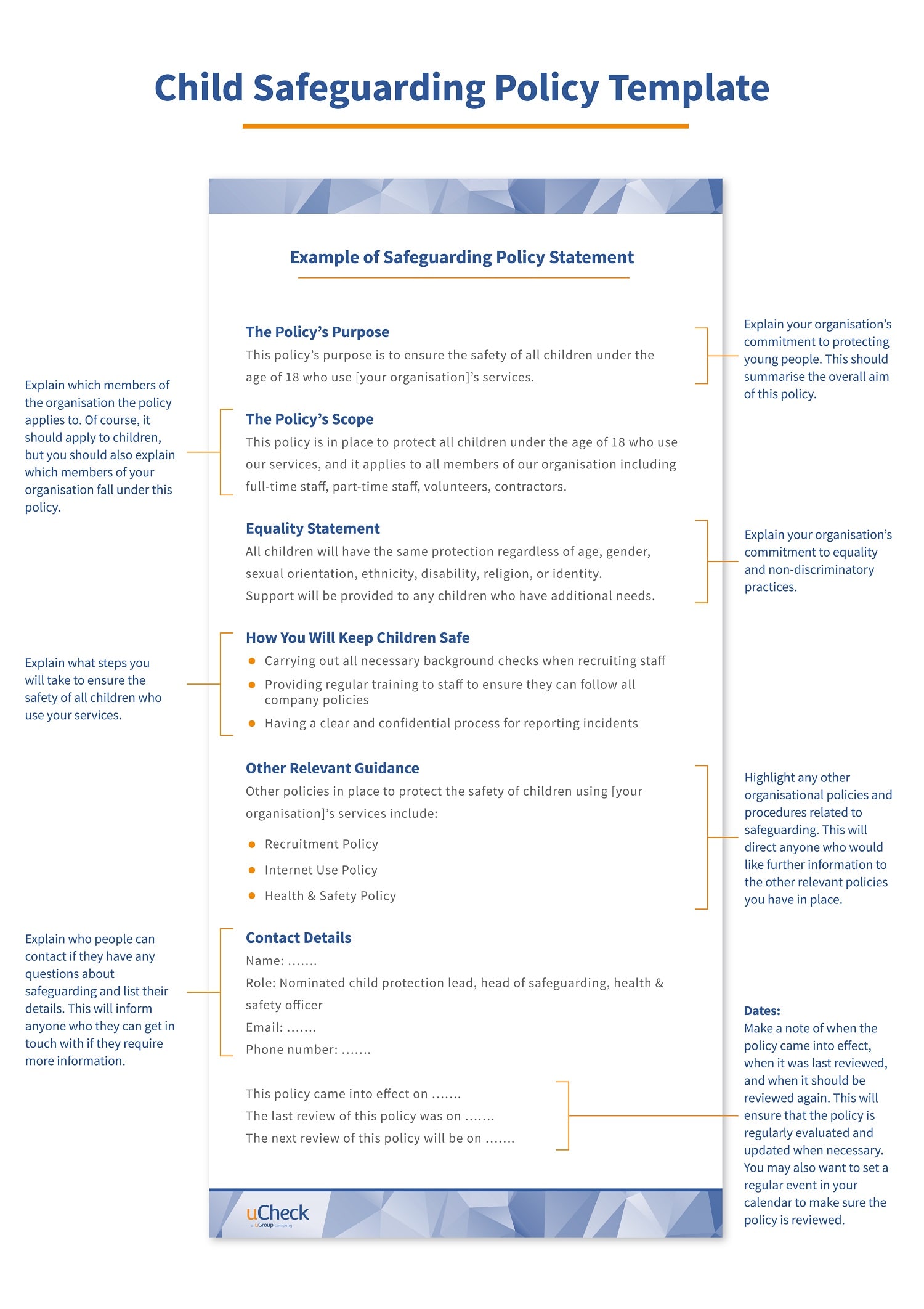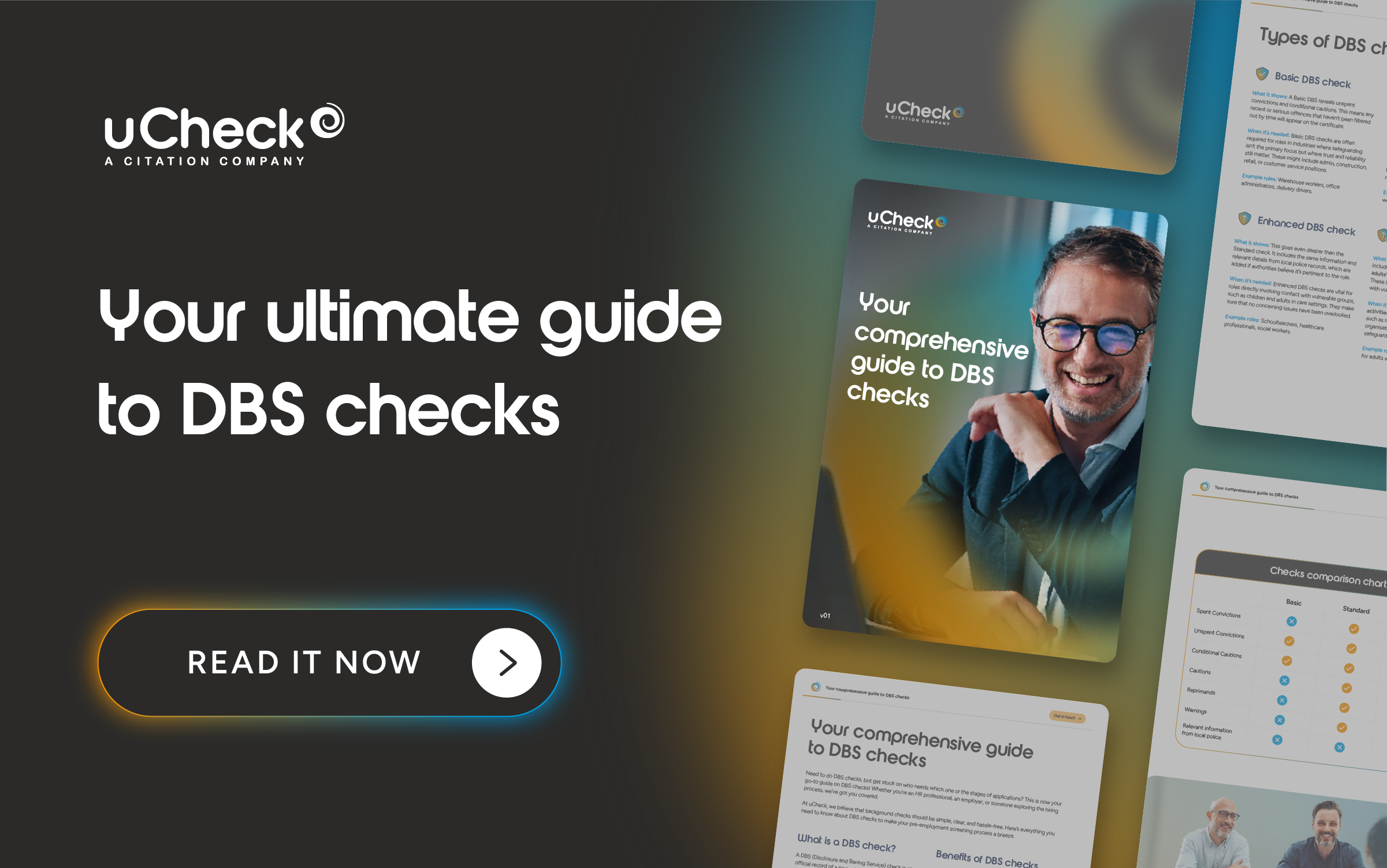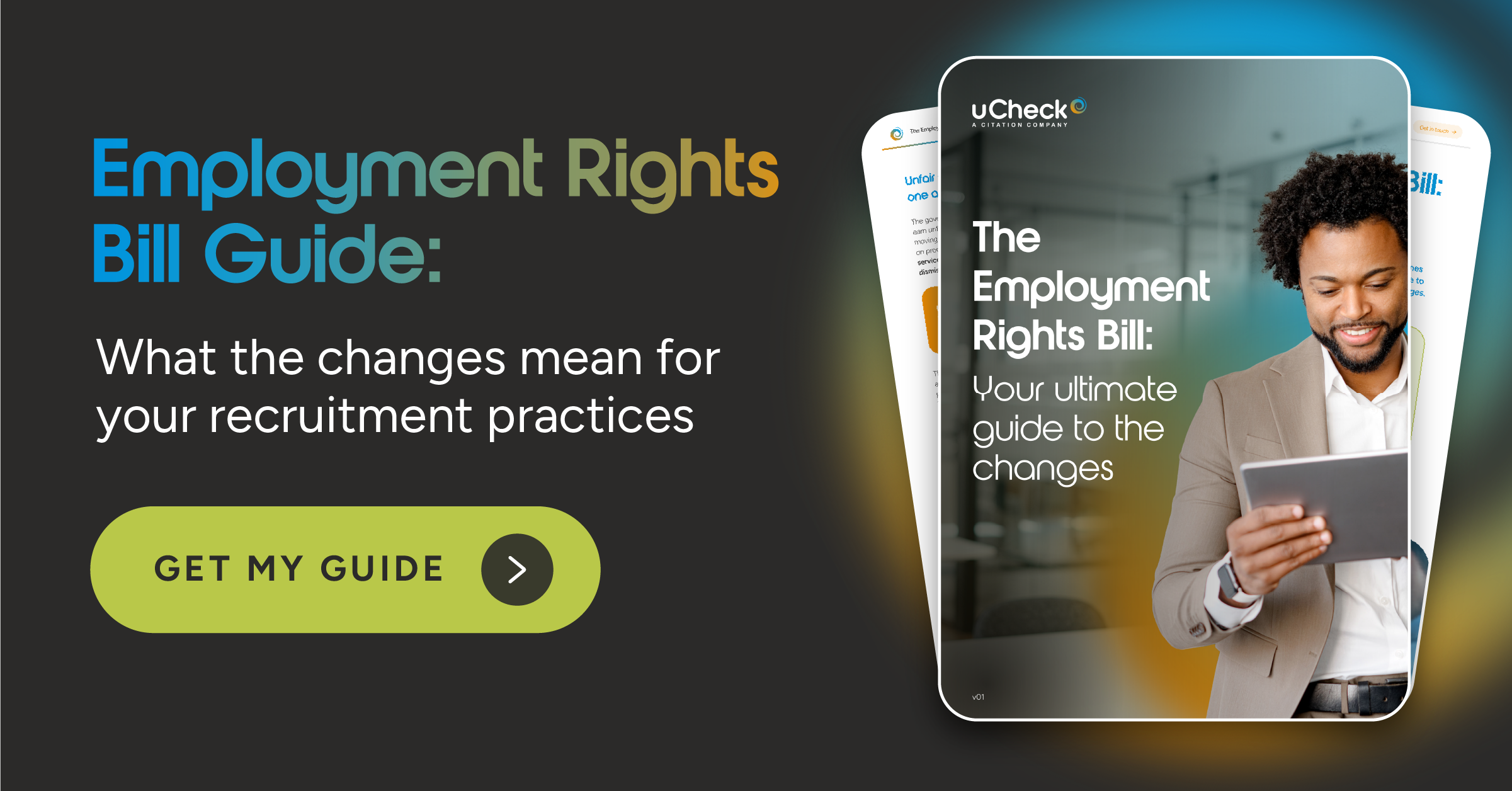What is a child safeguarding policy?
All children have the right to safety, so it’s vital that any organisation that works with children or young people has a solid child safeguarding policy in place. But what is a child safeguarding policy?
Our guide explains what your child safeguarding policy should include to ensure your organisation is doing everything it can to protect children from harm.
The child safeguarding policy explained
A child safeguarding policy is a statement that describes how an organisation will keep the children and young people it works with safe.
The policy will outline the organisation’s commitment to protecting children from harm.
It will state what the organisation will do to protect children and how it will respond to concerns, and include a list of procedures to support those aims.
Before you write your policy
Before you start writing your policy, there are several things you should consider.
Think about:
- Potential risks: who or what might pose a risk to children in your organisation? Are there any situations that could increase risk?
- Recruitment: how do you ensure your staff and volunteers are suitable to work with children? This might include carrying out DBS checks on staff who are eligible.
- Raising concerns: how might people raise concerns? Who should they speak to, and how will they know who to speak to?
- Responding to concerns: how should your organisation respond to concerns or allegations?
- Training: how will you train staff and volunteers in safeguarding? How will you raise awareness of child protection throughout the organisation?
- Policies: how does your child safeguarding policy relate to other policies in your organisation?
Tips for writing your policy
Involve people from different parts of the organisation in writing your policy. This will help ensure it’s relevant to the whole organisation.
Think about how you can incorporate the perspective of the children and young people your organisation works with. Consider speaking to some of them to find out if they have any concerns or thoughts.
Ask a variety of people in different roles in your organisation to read the policy and offer feedback.
Think about the needs of the community your organisation serves, and use language that best represents them.
What to include in your policy
Your child safeguarding policy should include the following:
- The policy’s purpose: identify your organisation’s purpose and aims, and set out its commitment to protecting children. State how the organisation will meet this commitment in broad terms.
- Links to other relevant guidance: state the main guidance and law that underpins the policy. Explain how your policy links to other policies and procedures within your organisation like recruitment, internet use etc.
- The policy’s scope: explain who the policy applies to. It should apply to all children under 18, but also explain which adults in the organisation it covers.
- Equality statement: outline your organisation’s commitment to equality and non-discriminatory practice. All children should have the same protection regardless of age, gender, ethnicity, disability, religion, sexual orientation or identity. Your policy should acknowledge that children from minority ethnic groups and those with disabilities may face barriers or have additional needs.
- Dates: state the date your policy comes into force, and when it will be reviewed.
When you’ve written your policy
Make sure all staff and volunteers are familiar with your child safeguarding policy and know how to access it.
Make sure it’s accessible to everyone – both within your organisation and to clients and members of the public. Inform everyone if there are any updates to the policy, and review it regularly.
What is a child safeguarding policy? A summary
So, what is a child safeguarding policy? We hope our guide has given you an idea.
For more information, check out the NSPCC’s example policy which you could use as a starting point. The government’s guidance on safeguarding children also includes information on writing a child safeguarding policy.








